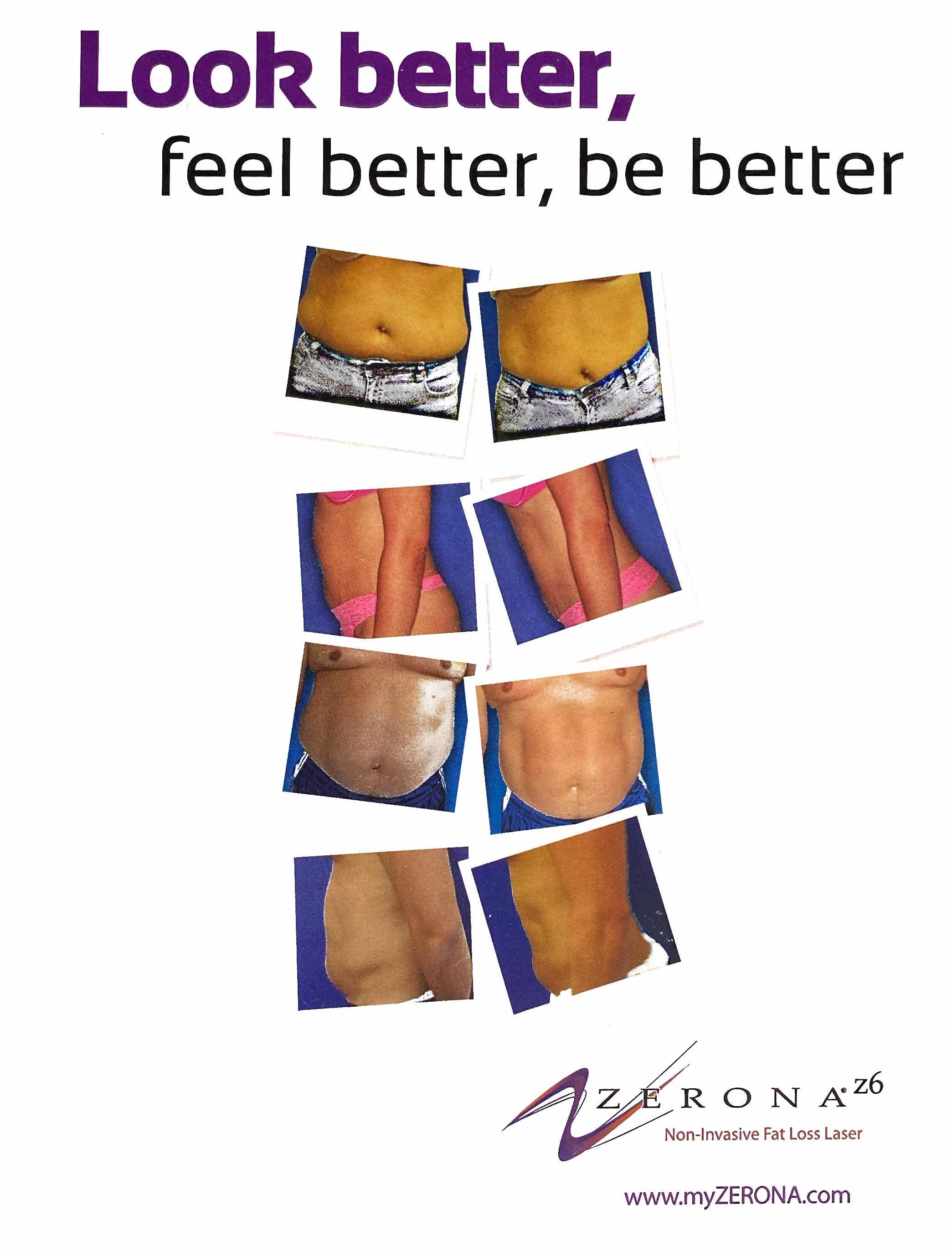
Your lower back or lumbar spine is a well-engineered structure of muscles, ligaments, nerves, joints, and bones all working together. Your lumbar area supports movement, flexibility, strength, and structural support.
Furthermore, the complex structure protects certain body tissues. Unfortunately, it is quite susceptible to pain and injury. Any pain in this area can stem from conditions affecting your intervertebral disks, the bony lumbar spine, or spinal cord and nerves.
It can also result from problems in the ligaments around your spine, muscles in your lower back, the skin covering your lumbar area, or the internal organs of the abdomen and pelvis. Treatment for lower back pain often centers on a suspected or diagnosed cause.
What Can Go Wrong?
Your lumbar spine supports the weight of your upper body. It also allows for natural motions such as twisting and bending. The muscles in this area rotate and flex the hips while walking. They also provide support to the spinal column. The nerves on your lower back power the muscles and provide sensation in your feet, legs, and pelvis.
The body reacts to a problem or injury to this area by triggering an inflammatory healing response. While this may sound like a relatively simple process, it can cause extreme pain. There is a large overlap of nerves to many of the ligaments, muscles, disks, and other structures of the spinal structure.
This can make it difficult for your brain to accurately determine the cause of your pain. A torn or degenerated lumbar disk, for example, can feel like a pulled muscle. Both conditions create painful muscle spasms in the area and inflammation. Ligaments and muscles often heal quickly. A torn disk, however, may not heal as rapidly. The time discrepancy can help determine the cause of your pain.
Causes of Lower Back Pain
To determine the cause of the pain you are experiencing in your lower back, you need to understand the difference between radicular and mechanical pain.
Radicular Pain
You will experience radicular pain when there is an inflammation or impingement of a spinal nerve root. This type of pain may follow a nerve root pattern into your buttock and/or leg. Its symptoms include electric, sharp, and burning pain. You may also experience some weakness and numbness, usually on one side of your body.
Mechanical Pain
Mechanical pain, on the other hand, is the most common cause of lumbar spine pain. Usually, it stems from the bones, joints, ligaments, or muscles in and around your spine. It tends to affect the buttocks, lower back, and even the tops of the legs. It usually results from overloading the spine. You may feel different when you make certain motions and activities such as sitting, standing, or resting.
Treatments
Usually, you can resolve back pain with rest and certain home remedies. However, medical treatment and chiropractic care may be necessary at times. If over-the-counter home treatments do not relieve the pain, your doctor may recommend pain medication, cortisone injections, cognitive behavioral therapy, or chiropractic therapy.
Chiropractic care, in particular, is non-invasive and extremely effective. Furthermore, it does not involve the use of any medication. It can help relieve your lower back pain in addition to making you feel more relaxed.
To learn more about the causes and treatments for lower back pain, visit Chiropractic Nashville at our office in Nashville, Tennessee. You can also call (615) 205-1022 today to book an appointment.








